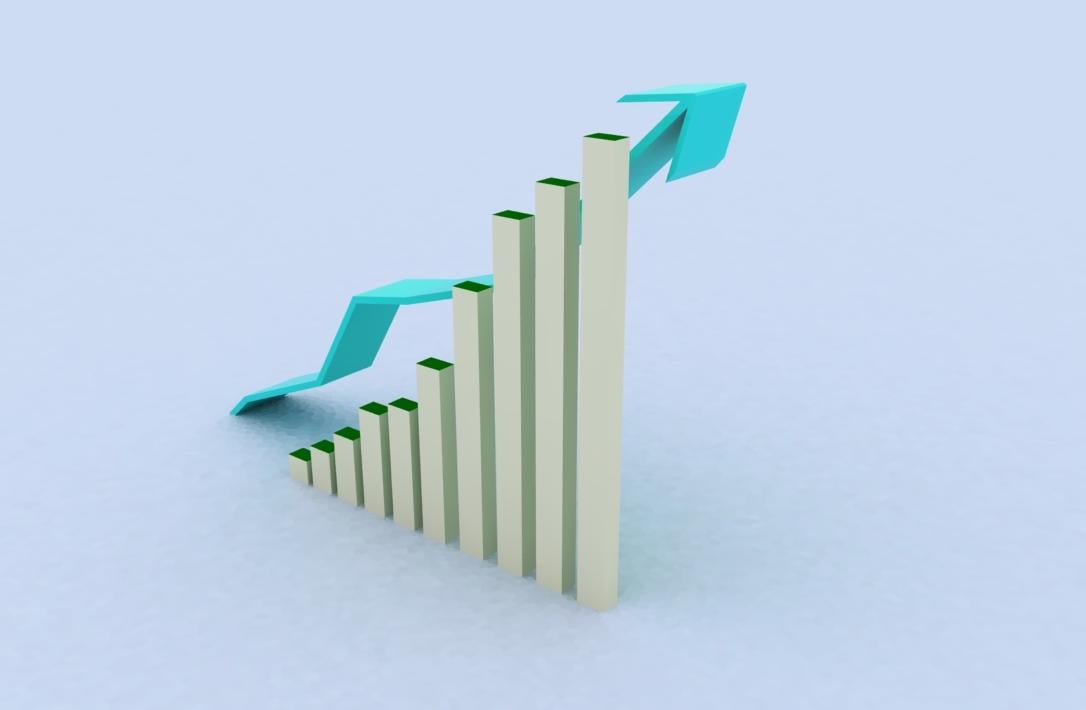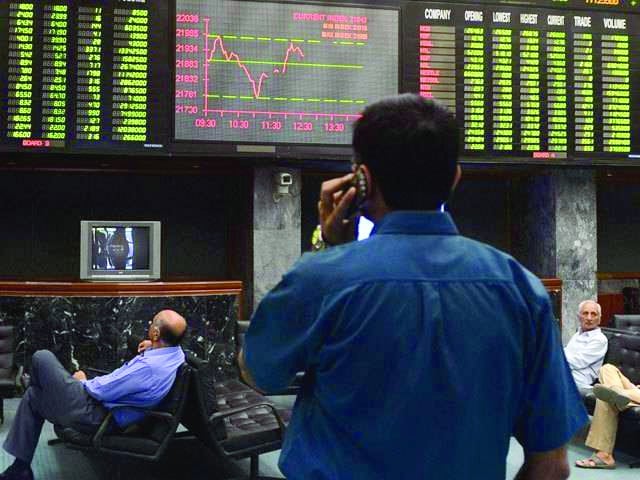
Inflation concerns come to haunt US consumers
”
KARACHI:
US shoppers are fretting about unpredictably increased inflationary trends as high tariffs may take a heavy toll on the country’s economic growth as well as the global economic architecture.
An array of countries seems grumpy on account of a whimsical and an uncertain world economic order following a new tariff strategy adopted by US President Donald Trump. The US central bank has also raised eyebrows, saying US consumers may face inflation, if proposed tariffs are implemented.
US business activity nearly stalled in February amid mounting fears of tariffs on imports and deep cuts in federal government spending, erasing all the gains notched up in the aftermath of Trump’s election victory, Reuters said.
The Economist reported that Trump’s tariffs were fuelling consumer concerns, which may prove self-fulfilling. Fed Chair Jerome Powell’s press conferences – sometimes market-moving events – have attracted less notice of late.
With Trump in the White House, the Federal Reserve chair faces competition for attention. Yet a recent inflation reading has returned prices to the public eye. In January, America’s core consumer price index, which strips out volatile food and energy costs, jumped at an annualised rate of 5.5%.
In response, Larry Summers, a former treasury secretary, called it the “riskiest period for inflation policy since the early Joe Biden administration”, after which inflation rose to its highest in four decades.
Even more worrisome is that Americans are starting to expect higher inflation. In February, preliminary data from the University of Michigan’s consumer survey showed that the median expectation for price growth over the next year had reached 4.3%.
Consumer inflation expectations are often self-fulfilling. When workers expect higher costs in the future, they seek higher pay today. Meanwhile, shoppers rush to make purchases in anticipation of price rises, increasing demand and thereby pushing up prices. Although the president enjoys taking on bureaucrats, he may discover that doing so can backfire.
Eminent regional expert and Centre for South Asia and International Studies Islamabad Executive Director Dr Mehmoodul Hassan Khan said it seemed that the US, the so-called land of opportunities and dreams, was going to be tangled and trapped into a deep recession, high inflation, price hike and economic uncertainty, badly damaging common people’s purchasing power, reducing personal incomes and hurting small and medium-sized enterprises (SMEs), industries and markets because of Donald Trump’s thundering tariffs.
Deutsche Bank, in its latest report, commented that new tariffs would affect around 44% of all imports into the US worth roughly $1.35 trillion and would likely raise US inflation by 1%. Resultantly, the US consumers will be in the line of fire from higher prices of essential goods like oil, electronics and groceries, exacerbating the current cost of living crisis.
It is estimated that the proposed tariffs on Mexico, Canada and China will add about 6%, or $2,700, to the average US vehicle price. Currently, the US is struggling with a housing shortage and new houses are expensive to build. Tariffs on building materials will make homebuilding even more expensive and there are chances the homeless population will rise.
“It is estimated that Trump’s high tariffs against America’s largest trading partners – Canada, Mexico and China – will reduce long-run GDP by 0.4%, the proposed expansion of steel and aluminum tariffs will slash GDP by less than 0.05% and the proposed tariffs on motor vehicles and motor vehicle parts will cut GDP by 0.1%. Thus, Trump’s tariff therapy has devastating impacts on economic stability, industrial output, social development, manufacturing capacity and last but not least people’s lives,” Khan said.
The latest S&P Global report pointed to a drastic decline in the US Composite Purchasing Managers’ Index (PMI) Output Index, which fell to 50.4 in February 2025. The services sector contracted for the first time since January 2023.
Moreover, the US companies reported widespread concerns about the impact of federal government policies, ranging from spending cuts to tariffs and far-reaching geopolitical developments. Sales are reportedly being hit by the uncertainty caused by the changing political landscape, and prices are rising amid tariff-related rate hikes from suppliers.
Stocks on Wall Street remained lower, the dollar rose against a basket of currencies and US Treasury yields slipped while economic uncertainty gained momentum.
Fed has been maintaining a tight monetary policy for the last two years and high tariffs will leave no choice but to continue tight monetary and fiscal policies.
Interestingly, the Federal Reserve’s January meeting believed that Trump’s policies might hinder the disinflation process causing economic stagnation, decline in large-scale manufacturing (LSM), reduction in exports, decrease in credit loans and reduction in industrial growth. Ultimately, the US firms, because of the vicious cycle of economy, will attempt to pass on to consumers the higher input costs arising from potential tariffs.
It is predicted that Fed will not lower interest rates. Inflation already is proving stickier and its progress towards Fed’s 2% target is bumpier than many had expected. So the era of soft monetary policy is still far away. On top of that, it seems due to Trump’s series of high tariffs, the US consumers are rapidly moving towards a storm of inflation and recession.
The world has witnessed that the global stock markets dived, the dollar rallied, oil prices jumped and world leaders readied tit-for-tat measures. The high tariffs will likely paralyse economic growth both in the US and around the world.
The proposed tariffs would have a significant and detrimental impact on the cost of a wide range of consumer products sold in the US, particularly the products where China is the major supplier.
It is predicted that the threatened wave of tariffs could worsen trade tensions, lower investment, hit market pricing, distort trade flows, disrupt supply chains and undermine consumer confidence. So consumers will be in the line of fire.
The writer is a staff correspondent
”


